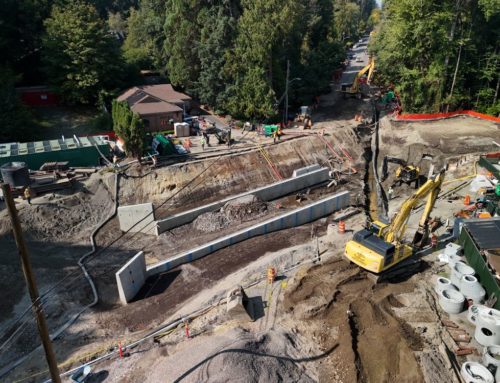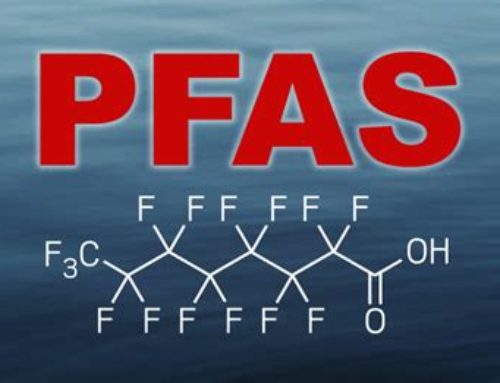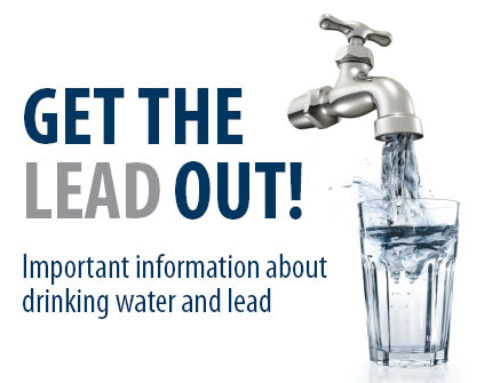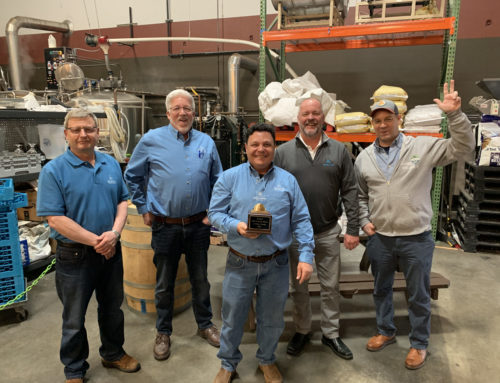Dear Customer, please read these helpful hints, advisories and other important information from your water provider.
This newsletter shows how to test for leaks that could be costing you money! Also included is information regarding:
- User fees
- District projects completed in 2006
- Projects Planned for 2007
- Emergency Preparedness Fair
- District Commissioner and Staff News
LEAKS
It is important to stop leaks. They can become expensive if not caught early, and conservation is always encouraged. To check for leaks, shut off all water within the property and observe leak detector for movement. If your meter does not have a leak detector, note the meter reading, allow a period of time for no water usage, then re-read the meter. A shutoff valve installed near or within the house helps to troubleshoot for leaks.
Most leaks occur in the toilet. Toilet leaks typically result from worn parts or misalignment of some part of the flushing mechanism. Toilets usually leak at the bottom of the tank around the flapper plug, or at the top of the tank at the overflow tube.
To test the flapper plug at the bottom of the tank, carefully remove the lid from the toilet tank and mark the water level in the toilet tank with a pencil, or place color dye tablets in the tank. Shut off the water supply to the toilet. If the water remains on the mark you made, or color doesn’t appear in the bowl, the flapper plug is not leaking. If the water level drops below the mark you made, or color appears in the bowl, the flapper plug is leaking and should be replaced. If the water level in the toilet tank is near top of the overflow tube, the water may run continuously directly to the drain. The float that controls the water level in the tank should be adjusted so that the water level in the tank is at least 1 inch below the top of the tube.
Another common leak is the service line between the meter and the house. If you have a galvanized steel or PVC service line it is usually best to replace rather then repair. Other leaks may be obvious, such as dripping faucets. Most repairs can be done by an experienced “do-it-yourselfer.” If you are not sure you can handle the job, call a plumber.
IMPORTANT USER FEES
The District implemented several policies in 2005 dealing with the extended burden of recovering past due funds. Our District policy remains lenient compared with many other utilities, yet we have implemented some changes to help offset the cost and staffing burden of collecting past-due funds. For detailed reference please visit the District WEB page at: WWW.LFPWD.ORG
The following policies are in place:
- Payment is due 30 days after we mail your bill.
- A reminder letter is sent to customers 45 days after billing
- A door-tag warning is placed on the customer’s door 55 days after billing. If your previous bill was also paid late you will be charged a $25.00 door-tagging fee.
If payment is not made within 1 full business day following door tagging your water will be disconnected. A $30 disconnect and a $30 reconnect fee will assessed and both must be paid before reconnection.
PROJECTS COMPLETED IN 2006
We have done many projects in 2006 to upgrade our water pipes, fire hydrants, reservoirs, wells and system reliability. These improvements are briefly described below and in the photos of this newsletter.
- Watermain Replacements & Upgrades to replace undersized, leaky steel pipes, valves, fire hydrants and services:
– 187th Street east of 35th Ave.
– Ballinger Way between 35th & 37th Ave.
– 36th Place cul-de-sac
– 37th Ave. between Ballinger and 188th
– East of 5422 NE 180th
- Watermain Flushing to remove mineral sediments from pipe walls.
- During 2006 we completed installation and testing of our 80kw emergency backup generator. The generator has already proven its value in keeping water running for more than a week in late December.
- Meter upgrades and replacements to ensure accurate accounting of water use.
- Interior paint and carpet remodel of office.
- Comprehensive System Plan 2005 was approved by Washington State Department of Health.
COMMISSIONER & STAFF UPDATE
Your Commissioners are looking for someone to carry on the torch! Do you have business aptitude and an interest in serving your community? We would love to hear from you!
Office Administrator Jackee Zweekhorst is now certified by the Department of Health as a Water Distribution Manager I – we applaud Jackee for this milestone! Jackee offers backup support to our District Manager, Roy Blackwell. Knowledgeable, certified staff are key to ensuring that your water is safe and reliable.
PROJECTS PLANNED FOR 2007
We are continuing to improve our system in the coming year. Some of the projects planned are listed below:
- Pressure reducing valve (PRV) upgrades to ensure reliable delivery of water at safe pressures. Photo above shows emergency repair of PRV on Ballinger near City Hall.
- Flushing mains to remove iron and manganese sediments
- Pump facility upgrades
- Transmission main upgrades near our wellfield
- Distribution piping to increase system capacity near 40th Place.
- Watermain upgrade on Lakeview Lane
- Watermain upgrade on cul-de-sac near 5000 Block of 180th St.
- Refurbish High Zone standpipe reservoir
- Upgrades to telemetry/alarm system
- Work with Brightwater project for backup wellfield siting/investigation
EMERGENCY PREPAREDNESS
What would happen if we had a “Katrina” like emergency in Lake Forest Park? LFPWD hosted a booth at the Emergency Preparedness Fair on February 25th. Our exhibits showed customers how we might cope with power loss and ways we can survive a lengthy outage of basic services. Emergency plans got a real world test on December 14 when severe winds broke power lines to our water supply pumps. We are happy to report that our 80kw generator (purchased used from a casino remodel in Las Vegas) earned it’s keep and kept your water flowing!






